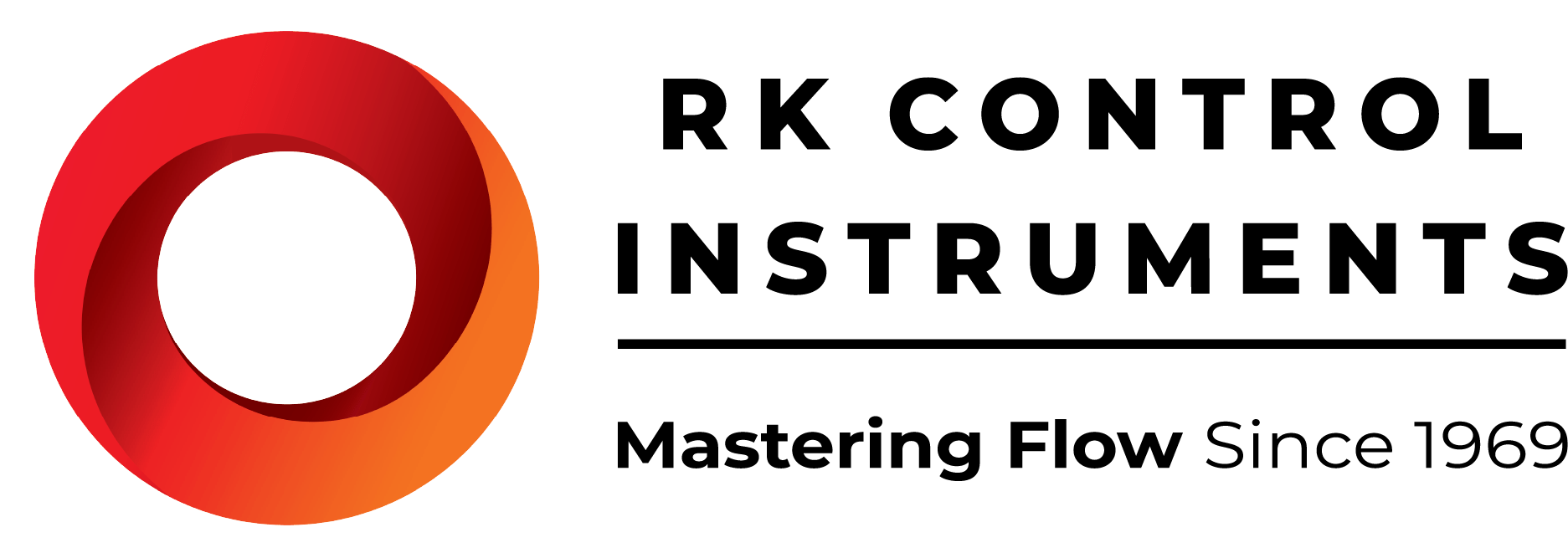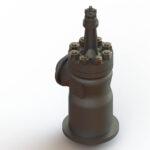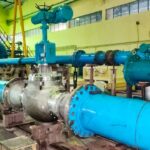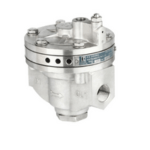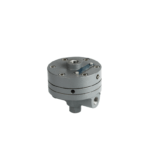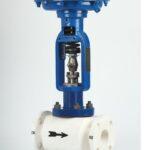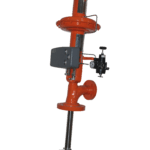A Pressure Reducing Valve is self- actuated to keep downstream, or upstream pressure regulated. The foremost function of these control valves is to convert the higher pressure into a much lower pressure. They are widely employed in the water, steam, and oil and gas industries.
A pressure reducing control valve balances the steam pressure with a spring in a steam system. This basic concept is used to manufacture the majority of modern pressure reducing control valves. pressure reducing control valves are classified into two types based on the mechanism that controls the valve opening:
- Pilot-operated pressure reducing control valve
- Direct acting pressure reducing valve
Pressure Reducing Valves System Features
A pressure reducing valve can control pressure via a wholly automated self-contained procedure, eliminating the need for an external power source. Its primary functions are as follows:
1: Pressure reducing control valves are used in steam systems to precisely control downstream pressure. This valve automatically adjusts the valve opening and pressure to maintain constant pressure during fluctuations.
2: Under certain conditions, properly selected pressure reducing control valves can be used to protect against water hammers.
3: They can also be used as bypass valves to keep the system running during power outages.
4: Pressure reducing control valves can respond quickly by sensing and adjusting based on the downstream pressure.
Pressure Reducing Valves in Action
The following services employ self-acting pressure reducing control valves:
- Air or Gas Services
Compressed air systems, power tools, pneumatic control systems, and control valves for industrial gas storage and distribution systems use direct-acting and pilot-operated pressure reducing control valves for air and gas services. The type of pressure reducing control valve used for these services is determined by the level of control required.
- Water Services
Pressure reducing control valves are widely used in domestic and industrial water distribution systems and fire protection systems. For these services, direct-acting pressure reducing control valves are generally preferred.
- Steam Services
Most pressure reducing control valves are used in steam applications such as direct steam supply, engines, and turbines.
- Other Services
Additional Services: pressure reducing control valves are used in the following situations:
- Heavy industrial equipment and rolling mill-bearing lubrication systems
- To control ram pressure in hydraulic presses.
- Pressure control in fuel-oil systems.
- Pressure reduction is used in sterilizers, unit heaters, humidifiers, and in the small process equipment
- Used extensively in Fertilizers. Chemical Process, and Pharmaceuticals and Natural Gas Distribution industry
What are the Advantages of Pressure Reducing Valves?
The Benefits of Pressure Reducing Valves are ample. The following are the primary benefits of a pressure reducing control valve:
- There is no requirement for the external /auxiliary energy.
- Uses Line Pressure Energy to Control.
- Pressure balanced design any fluctuation in inlet pressure has negligible effect on regulated pressure.
- Ease of maintenance
- The absence of stem packing eliminates external leakage and sources of increased friction.
- Rapid response
Pressure Relief Valve vs. Pressure Reducing Valve
The primary distinctions between a pressure reducing control valve and a pressure-relief valve are as follows:
- Pressure reducing control valves maintain nearly constant pressure on the valve’s downstream side. As a result, this valve is only used to maintain or reduce the higher stress. On the other hand, pressure relief valves are used to protect equipment and systems from excessive pressure when the system or equipment pressure exceeds the set limit.
- Pressure reducing control valves operate in the line continuously, whereas pressure-relief valves activate only when the set-pressure limit is exceeded.
- The pilot line in a pressure reducing control valve senses the outlet pressure, whereas the pilot line in a pressure-relief valve senses the inlet pressure.
- Under normal operating conditions, the pressure reducing control valve will be open; however, the pressure-relief valve will be shuttered.
Thus, using pressure reducing valve is valuable and practical in various ways. Buying it from RKCIPL will make you utilize it in the best possible ways.
